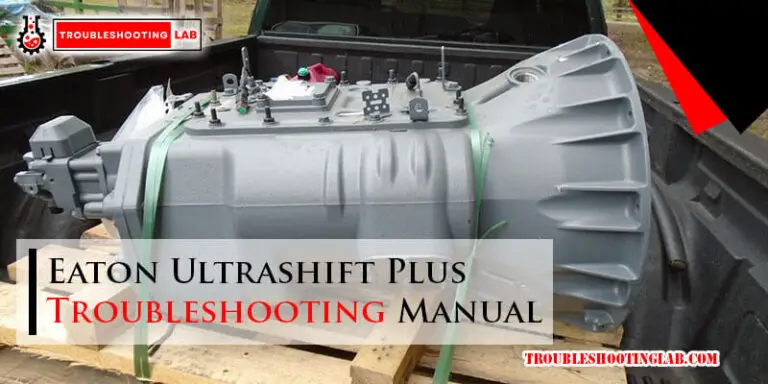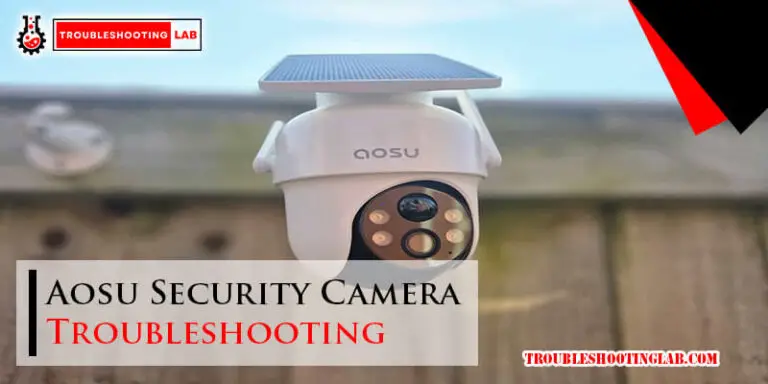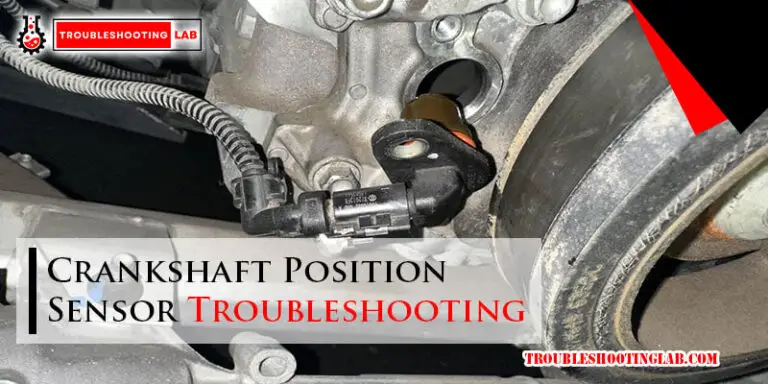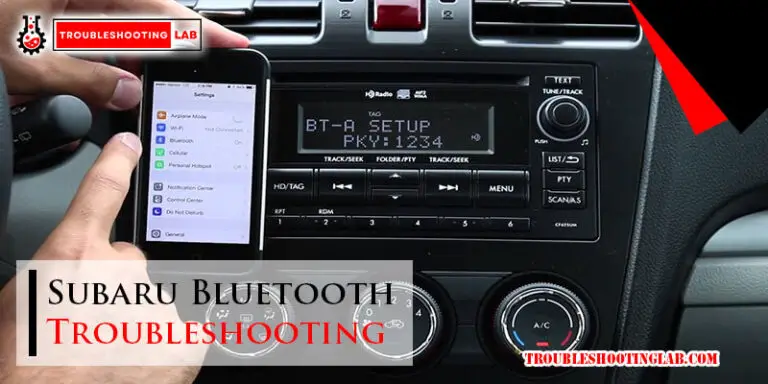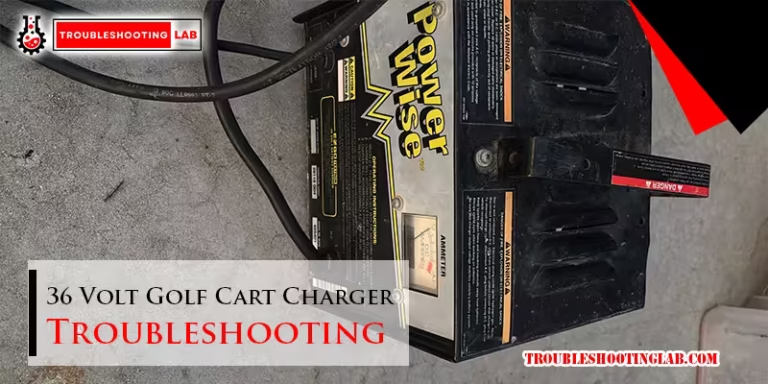Motorhome Generator Troubleshooting: Quick Fixes and Tips
Motorhome generators can be lifesavers during trips. But they sometimes face issues.
Understanding motorhome generator troubleshooting is key to keeping your travels smooth. When your generator stops working, it can disrupt your plans and comfort. Knowing common problems and their fixes can save time and money. This guide will walk you through the basics of troubleshooting your motorhome generator.
Learn how to identify issues, perform quick fixes, and know when to seek professional help. With these tips, you can keep your adventures on track and enjoy peace of mind on the road. Get ready to dive into the world of motorhome generator troubleshooting.

Credit: m.youtube.com
Common Generator Issues
Motorhome generators often face issues like starting problems, fuel supply disruptions, and overloads. Regular maintenance helps prevent these common problems.
Motorhome generators are essential for a comfortable road trip. They power your appliances and keep your devices charged. But generators can sometimes have problems. Knowing common issues can save you time and frustration.Starting Problems
Your generator may fail to start for several reasons. Check the fuel level first. Low fuel can prevent starting. Also, inspect the battery. A weak or dead battery can cause issues. Ensure the fuel valve is open. A closed valve blocks fuel flow. Check the spark plug. A dirty or faulty spark plug can cause problems. Clean or replace it if needed.Power Output Fluctuations
Power output may fluctuate due to various reasons. First, check the fuel filter. A clogged filter can cause inconsistent power. Clean or replace it. Inspect the air filter. A dirty air filter restricts airflow. This can affect power output. Clean or replace the air filter. Check the generator’s load. Overloading can cause fluctuations. Reduce the load to a safe level. Also, inspect the wiring. Loose or damaged wires can cause issues. Secure or replace the wires if needed. “`Tools And Materials Needed
Motorhome generator troubleshooting can seem daunting. Having the right tools and materials makes the process easier. This section covers the essential tools and specialized equipment you need.
Basic Tools
Every motorhome owner should have some basic tools. A set of screwdrivers is crucial. They help in opening panels and accessing parts. Pliers are also important. They come in handy for gripping and twisting wires. A good wrench set is needed too. It helps in loosening and tightening nuts and bolts. Don’t forget a flashlight. It provides light when working in dark areas. A multimeter is essential. It measures voltage, current, and resistance.
Specialized Equipment
Some issues require more specialized equipment. An oscilloscope can be useful. It helps in diagnosing electrical problems. A fuel pressure gauge is also important. It checks the pressure in the fuel system. A compression tester is needed. It helps in checking the engine’s compression levels. Lastly, a spark tester is essential. It checks if the spark plugs are working correctly.
Safety Precautions
Safety should always be your top priority when troubleshooting a motorhome generator. Taking the right precautions can prevent accidents and injuries. Follow these steps to ensure a safe working environment.
Protective Gear
Wearing the right protective gear is crucial. Always use gloves to protect your hands from sharp edges and hot surfaces. Safety glasses are necessary to shield your eyes from debris and chemical splashes.
Ear protection is also important. Generators can be very loud, which might cause hearing damage. By using earplugs or earmuffs, you can work without risking your hearing.
Safe Work Environment
Ensure your work area is well-ventilated. Generators emit harmful fumes that need to disperse quickly. A well-ventilated space helps you breathe easier and reduces the risk of carbon monoxide poisoning.
Keep the area clean and organized. Tools and parts should be easy to find. This prevents accidents and makes the job smoother. Also, make sure the ground is dry. Water and electricity can be a deadly mix.
Lastly, never work alone. Having someone nearby can be a lifesaver in case of an emergency. They can call for help if you get injured or face any other issues.

Credit: www.youtube.com
Checking Fuel Levels
Ensuring your motorhome generator has enough fuel is essential. An empty or low tank can cause a generator to stop working. Always check the fuel levels before heading out on a trip. This simple step can save you from unexpected breakdowns.
Gasoline Generators
Gasoline generators are common in motorhomes. Start by opening the fuel tank cap. Look inside to see the fuel level. If it’s low, refill with the recommended gasoline type. Be careful to avoid overfilling.
Sometimes, fuel can go bad if stored too long. Old gasoline can cause engine problems. Always use fresh fuel for best performance. A fuel stabilizer can help if the generator is not used often.
Diesel Generators
Diesel generators are another popular choice. They are known for their efficiency. To check the fuel level, open the fuel tank cap. Inspect the tank to see how much diesel is left. If necessary, refill the tank with diesel.
Diesel fuel can also degrade over time. This can lead to clogging in the fuel system. Regularly using the generator helps keep the fuel fresh. A fuel additive can improve fuel longevity.
Inspecting The Battery
Ensuring your motorhome generator works smoothly is essential for any trip. One crucial aspect is inspecting the battery. This step ensures your generator receives the power it needs. Let’s break down the process into easy steps.
Battery Connections
Start by checking the battery connections. Loose or corroded connections can cause issues. Follow these steps:
- Turn off the generator and disconnect the battery.
- Inspect the terminals for any corrosion. Clean them if necessary.
- Ensure the cables are tight and secure.
Use a wire brush to clean the terminals. Apply a battery terminal protector to prevent future corrosion.
Battery Charge
Next, check the battery charge. A low charge can prevent the generator from starting. Follow these steps:
- Use a multimeter to measure the battery voltage.
- A fully charged battery should read around 12.6 volts.
- If the voltage is low, recharge the battery.
Ensure the battery is holding a charge. If the battery drains quickly, it may need replacement.
Cleaning The Air Filter
Keeping your motorhome generator in top shape is crucial. One often overlooked task is cleaning the air filter. A clean air filter ensures your generator runs efficiently. It also prevents potential damage. Let’s dive into the steps for cleaning the air filter.
Removing The Filter
First, ensure the generator is off. Safety first! Next, locate the air filter cover. This is usually on the side of the generator. Use a screwdriver to remove the cover. Carefully take out the air filter. Be gentle to avoid damaging it.
Cleaning And Reinstalling
Inspect the filter for dirt and debris. If it’s excessively dirty, consider replacing it. For cleaning, tap the filter gently to remove loose dirt. For a deeper clean, wash it with soapy water. Rinse thoroughly and let it dry completely.
Once the filter is dry, place it back in its position. Secure the air filter cover with the screws. Ensure everything is tight and secure. Now your generator is ready to run smoothly again.
Examining The Spark Plug
Motorhome generators are the heart of off-grid adventures. They provide the power needed for comfort and convenience on the road. But, like any engine, they sometimes face issues. One common problem is a faulty spark plug. Examining the spark plug can often diagnose and solve generator problems. This guide will help you inspect the spark plug effectively.
Removing The Plug
First, locate the spark plug. It’s usually on the side of the generator’s engine. Use a spark plug socket and wrench to remove it. Turn the wrench counterclockwise. Be gentle to avoid damaging the plug or threads. Once loose, pull the spark plug out carefully. Now, you can examine its condition.
Cleaning Or Replacing
Inspect the spark plug for dirt, oil, or carbon buildup. If dirty, clean it with a wire brush and spark plug cleaner. Ensure the electrode gap is correct using a gap tool. If the spark plug is damaged, replace it with a new one. Always use the correct type recommended by the generator’s manufacturer. Proper maintenance of the spark plug ensures optimal generator performance.

Credit: www.rvtravel.com
Addressing Overheating Issues
Addressing overheating issues in your motorhome generator is essential for its optimal performance. An overheating generator can lead to significant damage and costly repairs. Below are some critical aspects to consider to prevent overheating.
Coolant Levels
Maintaining the correct coolant levels is crucial. Low coolant can cause the generator to overheat. Regularly check the coolant reservoir. Ensure it is filled to the recommended level. Use a coolant that is compatible with your generator model.
Here’s a simple checklist for checking coolant levels:
- Turn off the generator and let it cool.
- Locate the coolant reservoir.
- Check the fluid level. It should be between the minimum and maximum marks.
- Add coolant if necessary. Use a funnel to avoid spills.
Ventilation
Proper ventilation is vital to keep the generator cool. Blocked vents can restrict airflow, causing the generator to overheat.
Ensure there is no debris around the vents. Clean the vents regularly to maintain good airflow. Place the generator in a well-ventilated area. Avoid enclosed spaces that can trap heat.
Adequate ventilation ensures the generator runs efficiently. Here are some steps to improve ventilation:
- Check the area around the generator for obstructions.
- Clear any debris or dirt from the vents.
- Ensure the generator is not placed too close to walls or other objects.
- Consider using a fan to improve airflow in tight spaces.
By addressing these overheating issues, you can ensure your motorhome generator runs smoothly and efficiently.
Regular Maintenance Tips
Maintaining your motorhome generator ensures its longevity and reliable performance. Regular upkeep prevents unexpected breakdowns and costly repairs. Here are some essential tips to help you keep your generator in top condition.
Scheduled Inspections
Performing scheduled inspections is crucial. Check the generator’s oil level, fuel system, and battery connections. Look for wear and tear on belts and hoses. Make sure all components are clean and functioning well.
| Component | Inspection Frequency |
|---|---|
| Oil Level | Before every use |
| Fuel System | Monthly |
| Battery Connections | Quarterly |
| Belts and Hoses | Annually |
Preventative Measures
Implementing preventative measures reduces the risk of generator failure. Follow these steps:
- Run the generator under load for 30 minutes each month. This keeps the engine lubricated.
- Use fuel stabilizer if storing the motorhome for long periods. It prevents fuel degradation.
- Keep the generator clean. Dust and debris can cause overheating.
- Check for leaks regularly. Address any issues immediately.
By following these regular maintenance tips, your motorhome generator will remain reliable and efficient. Consistent care ensures you enjoy uninterrupted power on your travels.
When To Seek Professional Help
Motorhome generators can be complex. Sometimes, troubleshooting on your own is not enough. Knowing when to seek professional help is vital. This can save you time and prevent further issues. Let’s dive into when to call an expert.
Identifying Complex Problems
Not all generator issues are simple. Some problems need expert knowledge. For example, electrical issues can be tricky. If you notice strange noises, it might be serious. Odd smells can also signal danger. These signs often mean deeper problems.
Another complex issue is frequent shutdowns. If your generator stops often, it needs expert care. DIY fixes may not solve the root cause. Seek a professional for these issues. They have the tools and experience to diagnose properly.
Finding A Reliable Technician
Finding a good technician is crucial. Start by asking fellow motorhome owners for recommendations. They often have valuable insights. Online reviews also help. Look for technicians with good ratings and feedback.
Check if the technician has proper certifications. This ensures they are trained and qualified. Certifications show they know their job well. Don’t hesitate to ask about their experience. Experienced technicians handle problems more effectively.
Lastly, get a detailed estimate before work begins. This helps avoid surprise costs. A reliable technician will provide a clear and fair quote. They will also explain the needed repairs in simple terms.
Frequently Asked Questions
Why Won’t My Motorhome Generator Start?
Check the fuel level. Ensure the battery is charged. Inspect spark plugs for wear.
How Can I Maintain My Motorhome Generator?
Perform regular oil changes. Clean the air filter. Check and replace spark plugs.
What Should I Do If My Generator Is Noisy?
Inspect for loose parts. Tighten bolts. Replace worn-out mufflers to reduce noise.
Why Is My Generator Not Producing Power?
Check circuit breakers. Inspect connections. Ensure the generator is running at the correct speed.
How Often Should I Service My Motorhome Generator?
Service it every 100 hours or once a year. Regular maintenance ensures optimal performance.
Conclusion
Solving motorhome generator issues can seem daunting. Follow these simple steps. Check connections, fuel levels, and ensure proper ventilation. Clean or replace filters regularly. Listen for unusual noises. Inspect the battery and cables. Regular maintenance prevents many problems. Keep a troubleshooting guide handy.
With patience and care, your generator will run smoothly. Enjoy worry-free travels with a reliable power source. Safe journeys!


